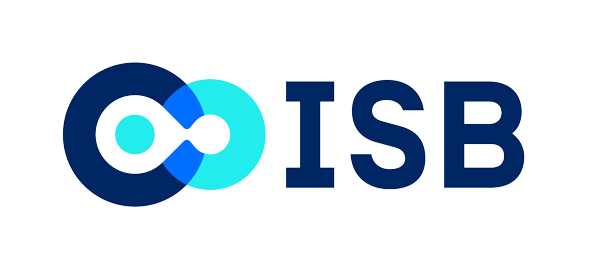|
< Normalizer >
|
The Normalizer is a versatile tool for rescaling digital transcriptome samples to make them comparable to each other.
|

|
|---|
|
Importance
|
- Modern sequencing technologies have enabled the study of transcriptomes by "digital counting", in contrast to methods based on hybridization. Digital counting has a number of compelling advantages, including high sensitivity and the ability to discover previously unknown transcripts.
- The observed absolute expression level of each gene and transcript will naturally depend on the depth to which each sample was sequenced: deeper sequencing will uncover transcripts expressed at very low levels, and will proportionally increase the observed expression levels of more prevalent transcripts. After correcting for gene length and for sequence-specific effects, the expression levels of different genes and transcripts within the same sample are directly comparable. In contrast, the comparison of gene expression levels across samples necessitates appropriate normalization methods. When attempting to identify tissue-specific genes, inappropriate normalization easily leads to both false positives and false negatives.
- We have created a Perl module, the “Normalizer”, that implements a variety of normalization methods, and simplifies the normalization process. The module is built in a “cascade of functions” format, embodying the pipeline of the method. Each function in the pipeline automatically executes the function that precedes it if its results are not yet available. This means that a script can simply instantiate a new Normalizer object, specify the location of the data set, and call the module’s normalize function directly. This will trigger execution of the entire analysis pipeline.
|
|---|
|
Information
|
- The Normalizer currently implements 15 methods.
- Last code update: January 23rd, 2014.
- See the full list of methods that have been implemented in the Normalizer.
|
|---|
|
Using it locally
|
- Download the code and data sets:
|
|---|
|
Communication
|
|
|---|
